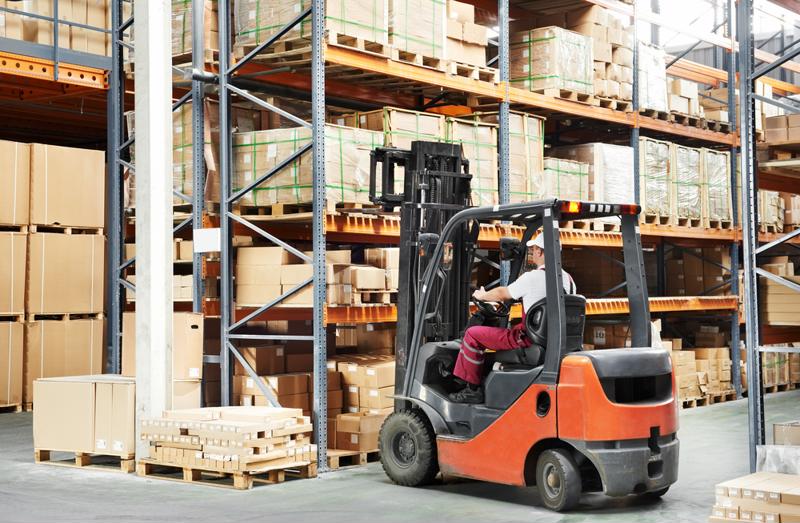Every forklift driver's shift begins the same way: with a thorough inspection of the vehicle. Before turning on the truck, and even before he or she climbs into the driver's seat, the operator must go through a checklist to determine whether the truck is safe to use.
Catching problems early is the best way to ensure they don't become major issues later on. If the operator finds that the brakes aren't working reliably or one of the lights has burned out, the truck will be put out of commission until the problem is resolved. However, there are some early warning signs of certain malfunctions that can cue operators to perform forklift service and maintenance even sooner.
While this ritual of inspecting before operating is taught and enforced at all locations that use lift trucks, oversights are always possible. Next time someone at your facility conducts a forklift inspection, remind them to keep an eye out for these two signs:
1. Uneven tire wear
Many forklifts are used for the same repetitive tasks, day in and day out. When a forklift has the same job every day, the operator likely follows the same prescribed path, perhaps even making the same series of right or left turns shift after shift. Over time, this can affect tires on one side of the lift truck differently than the tires on the opposite side.
An operator's initial inspection includes a safety assessment of all tires on the forklift: How do the treads look? What about tire pressure? But operators can take their inspections one step further by comparing all four tires against each other. If the right tires are slightly more worn than the left tires, it could be an early warning sign that they'll begin to fail more quickly than the left side. Rotating the tires periodically can help them stay useful for longer.
 Tires on forklifts that travel down the same path each day might begin to wear out unevenly.
Tires on forklifts that travel down the same path each day might begin to wear out unevenly.2. High carbon monoxide levels
If your forklifts are powered by liquefied propane gas, you're in good company; most lift trucks in use today are LPG forklifts. Carbon monoxide is a normal byproduct of combustion, but in excess quantities this gas can become dangerous or even deadly. CO is odorless, colorless and nearly undetectable without the use of a CO detector.
One clear warning sign that too much CO has accumulated in an environment is employee sickness. Are your workers complaining about headaches or nausea? These are the first symptoms of CO poisoning, and a sign that action must be taken immediately.
When mixed with the right amount of oxygen, CO becomes CO2, or carbon dioxide, which isn't dangerous. Adjusting the fuel-to-air ratio can reduce the emission of CO gas to insignificant levels, Occupational Health & Safety noted. Excess CO in the atmosphere could also signal that a forklift's engine isn't working properly, EHS Today explained.
Don't wait for employees to begin experiencing the early symptoms of CO poisoning to take action. Make sure you're aware of the CO levels in your workplace by using a carbon monoxide alarm. If levels begin to rise, identify the source and implement a solution.
In the event that your forklift does need emergency repair, contact one of our on call technicians right away.

